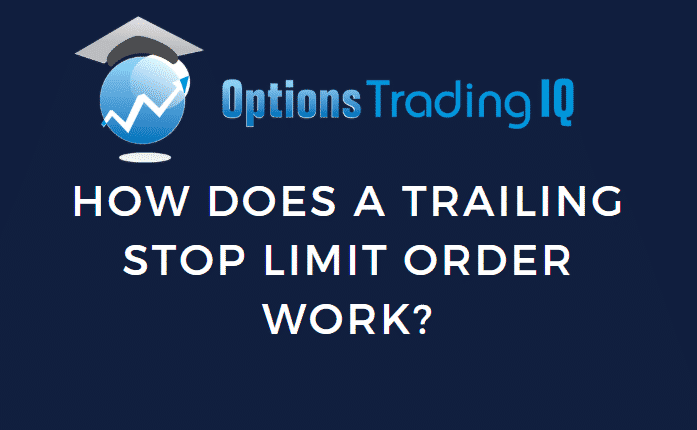

A trailing stop limit order, also known as a trailing stop, is a type of trade order that protects the trader from a change in the direction of the stock’s price while maintaining the open position if the current direction continues its course.
Traders employ trailing stops to hedge against sudden trend shifts that may catch them off-guard and they are usually triggered based on a pre-defined degree of tolerance.
Here are all the details you should know about trailing stop limit orders and how you could incorporate them into your portfolio from now on.
The Basics of Trade Orders
There are usually three types of orders a trader could place when entering a position and these are:
Market Order
This order executes the trade at the current market price. The actual price at which the security is bought or sold will be the one quoted at the moment the order is executed.
Stop-Loss Order
A stop-loss order is a sell order that is triggered if the price of a security reaches a certain point. This price is known as the stop price and it prevents that the trader loses money beyond that point.
Limit Order
A limit order is executed at any price equal, below (buy orders), or above (sell orders) the limit price.
Trailing Stop Order
A trailing stop limit order is triggered if the price of the security moves in the opposite direction of the trade, but only if the price swing surpasses the trailing stop limit.
This limit can be established as a certain amount below (long positions) or above (short positions) the current market price or as a percentage of the current market price.
Benefits of a Trailing Stop Limit Orders
Traditional stop-loss orders are triggered if the stock falls (long positions) or rises (short positions) to a certain price.
The main disadvantage of this approach is that if the stock significantly moves away from that point, the profits earned cannot be locked in if a small directional shift occurs.
Instead, a trailing stop order gives the trader the alternative of setting a limit based on the current market price of the security, which allows him to lock in part of the profits realized through previous favorable moves while protecting him from significant unfavorable price swings.
On the other hand, the trailing stop order remains open if the security’s price continues to move in a favorable direction and, therefore, it allows the trader to continue profiting from the operation as long as the trade moves in a positive direction.
Finally, trailing stop orders can be placed during or after a market order is executed, which gives the trader the flexibility of assessing the behavior of the security before placing a stop limit.
Disadvantages of Trailing Stop Limit Orders
An optimal trailing stop point is usually hard to identify, as price swings can be very large depending on the overall volatility of the market and the individual security.
A large trailing stop limit may fail to lock in a significant portion of the profits obtained from the position, while a narrow limit may trigger the order too soon even though the fundamentals behind the trade may still justify that the position remains open.
Example of a Trailing Stop Limit Order
Let’s say you bought 100 stocks of Apple (AAPL) back in June when it was priced at $192.58.
You may feel confident that the stock’s price will continue to rise over time, but you want to make sure any setbacks associated with declining earnings or a potentially failed iPhone release may affect its performance in the mid-term.
You could set a trailing stop limit order with a stop limit of say 7.5% or $14.5.
This would mean that a sell order will be executed if the current market price of the stock decreases by 7.5% or if it loses $14.5.
You will continue to benefit from the investment if the price increases in the future, but if there’s a drop that reaches your stop limit point, you will also lock in a portion of your previous earnings.
Trade safe!
Disclaimer: The information above is for educational purposes only and should not be treated as investment advice. The strategy presented would not be suitable for investors who are not familiar with exchange traded options. Any readers interested in this strategy should do their own research and seek advice from a licensed financial adviser.










